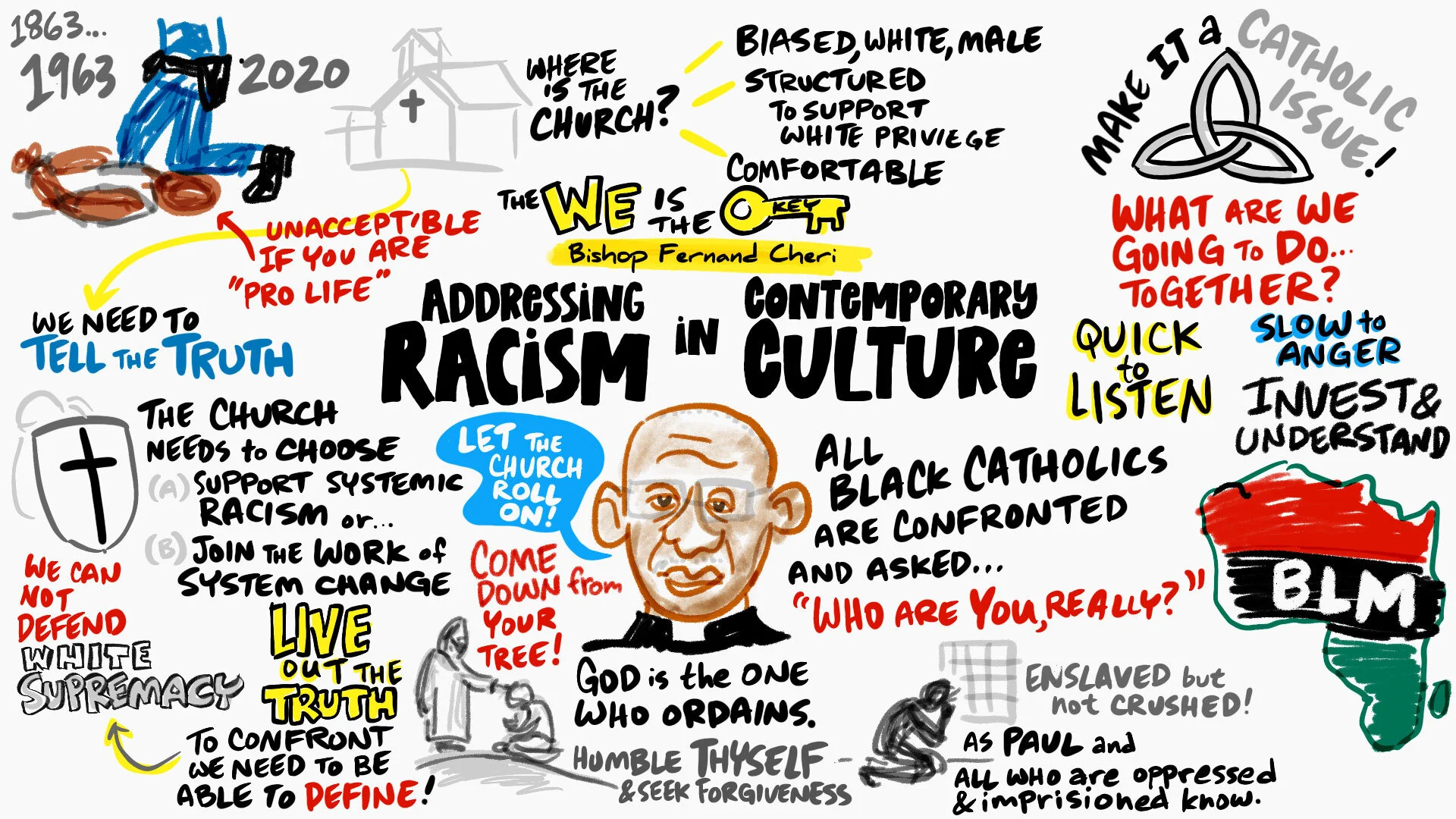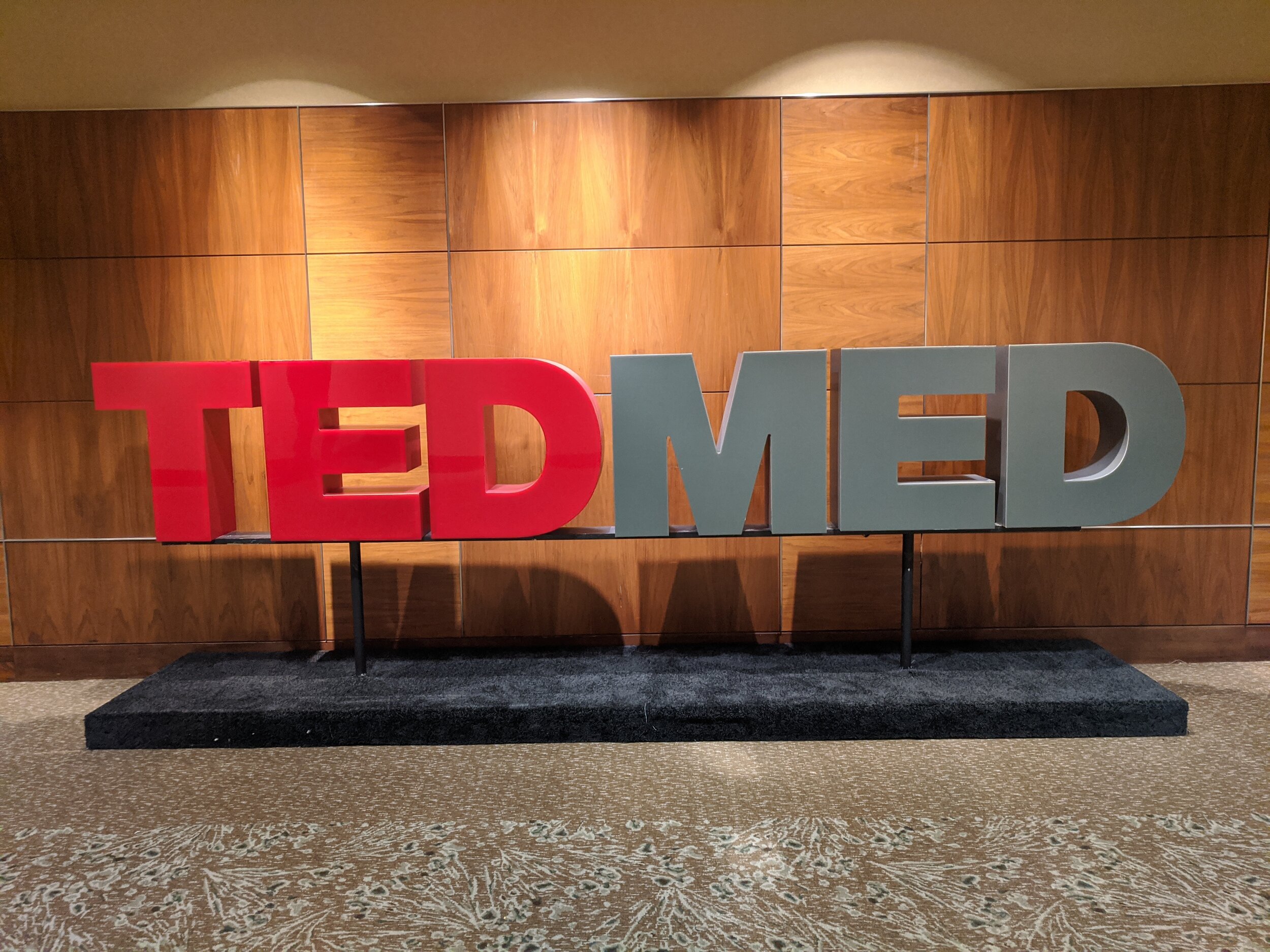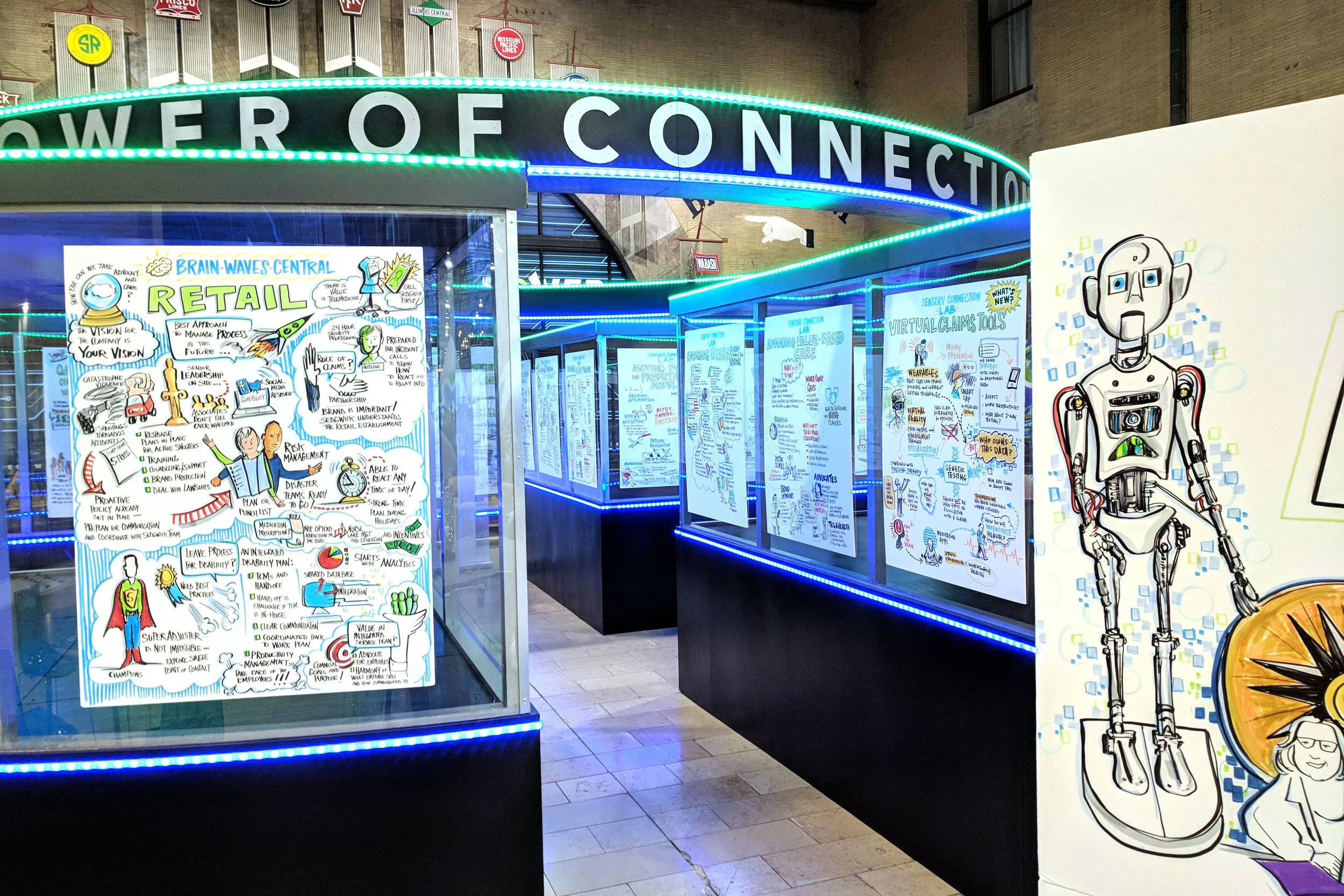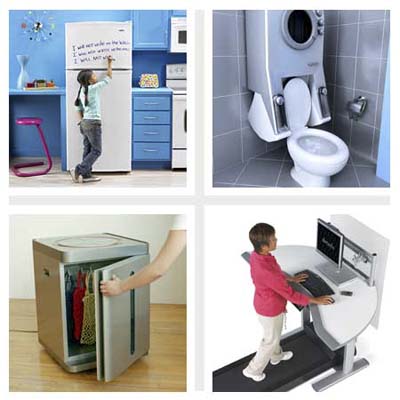 ABOVE: "Wacky Hybrid Appliances" from This Old House On-Line
ABOVE: "Wacky Hybrid Appliances" from This Old House On-Line
My family used to have a gag gift that would show up every Christmas in someone's gift pile. The "Boob Bath Mat" never failed to shock and awe.
Each year, it seemed as if the victim never saw it coming.
Lots of time and energy goes into products that never see the light of a showroom floor. So, how did this monstrous mash-up product ever make it to the marketplace?
Someone--a team of someones, in fact--had to propose the idea, design it, send the specs to a factory in China, produce a catalog layout, write sales copy, coordinate the shipping, etc.
Since innovation is being touted as our only way out of the eco-financial desert of Western Civ, we had better get smart about finding, designing and deploying good ideas.
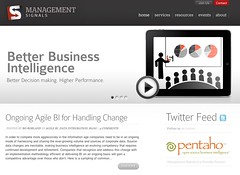




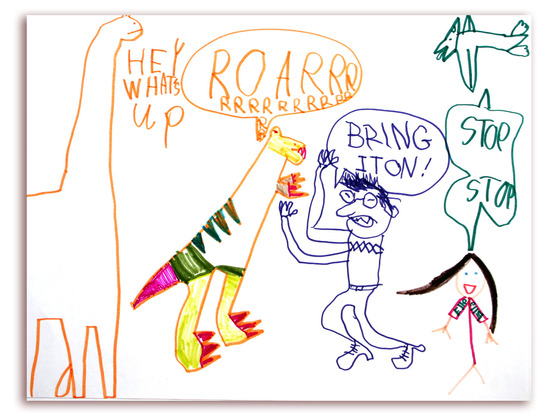




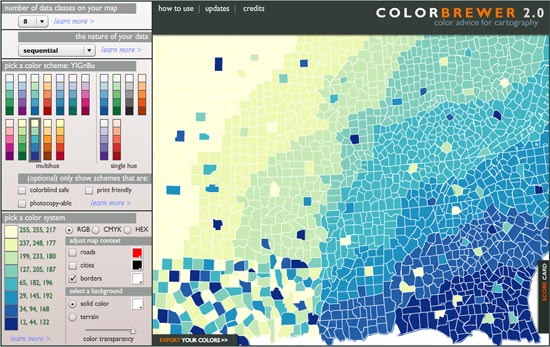
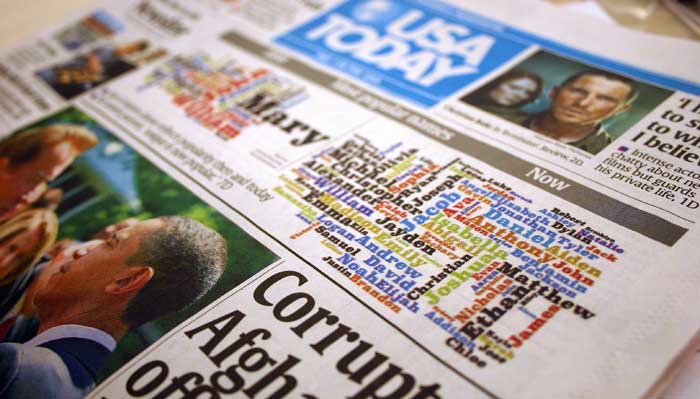



 According to UK's National Counter Terrorism Security Office, there are everyday objects on the street in front of buildings, like bus stops, lampposts, and bins etc. These could have not just an apparent function, but could have a hidden purpose – To prevent terrorist vehicle attacks. A project by Toby Ng, a designer in London, is entitled "Hidden Superhero" and so he designed a set of unassuming CT Heroes.
According to UK's National Counter Terrorism Security Office, there are everyday objects on the street in front of buildings, like bus stops, lampposts, and bins etc. These could have not just an apparent function, but could have a hidden purpose – To prevent terrorist vehicle attacks. A project by Toby Ng, a designer in London, is entitled "Hidden Superhero" and so he designed a set of unassuming CT Heroes.
